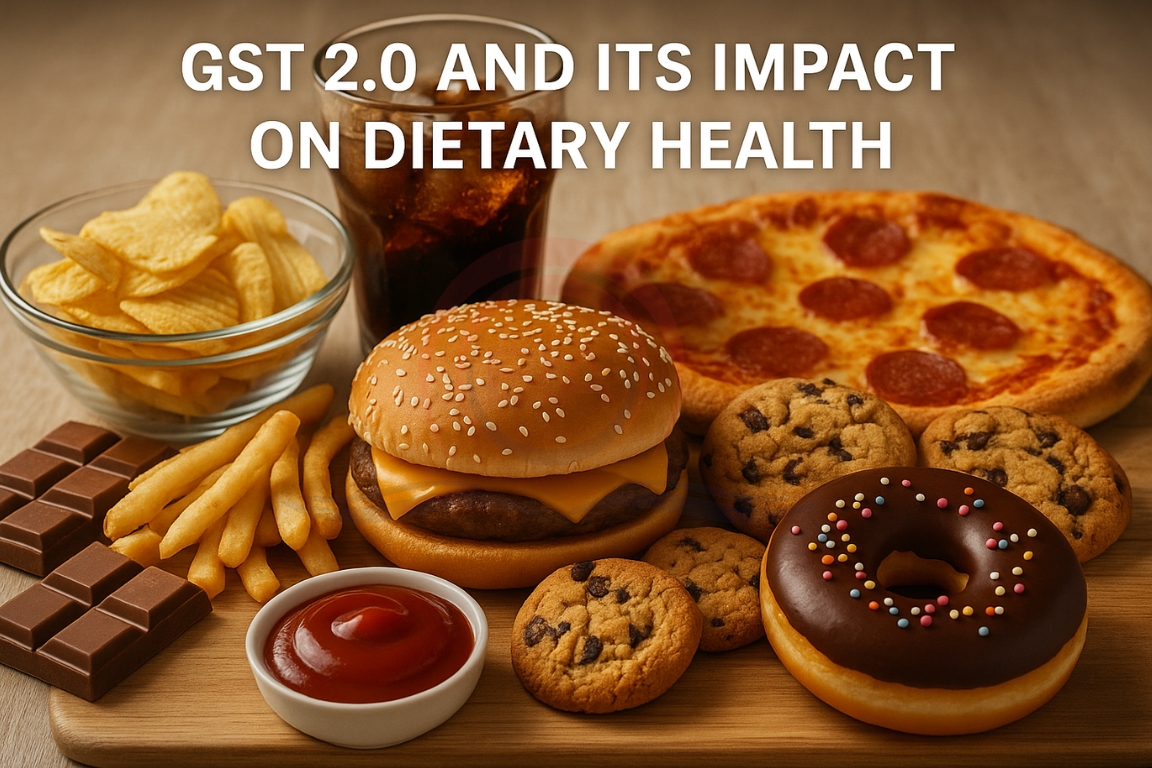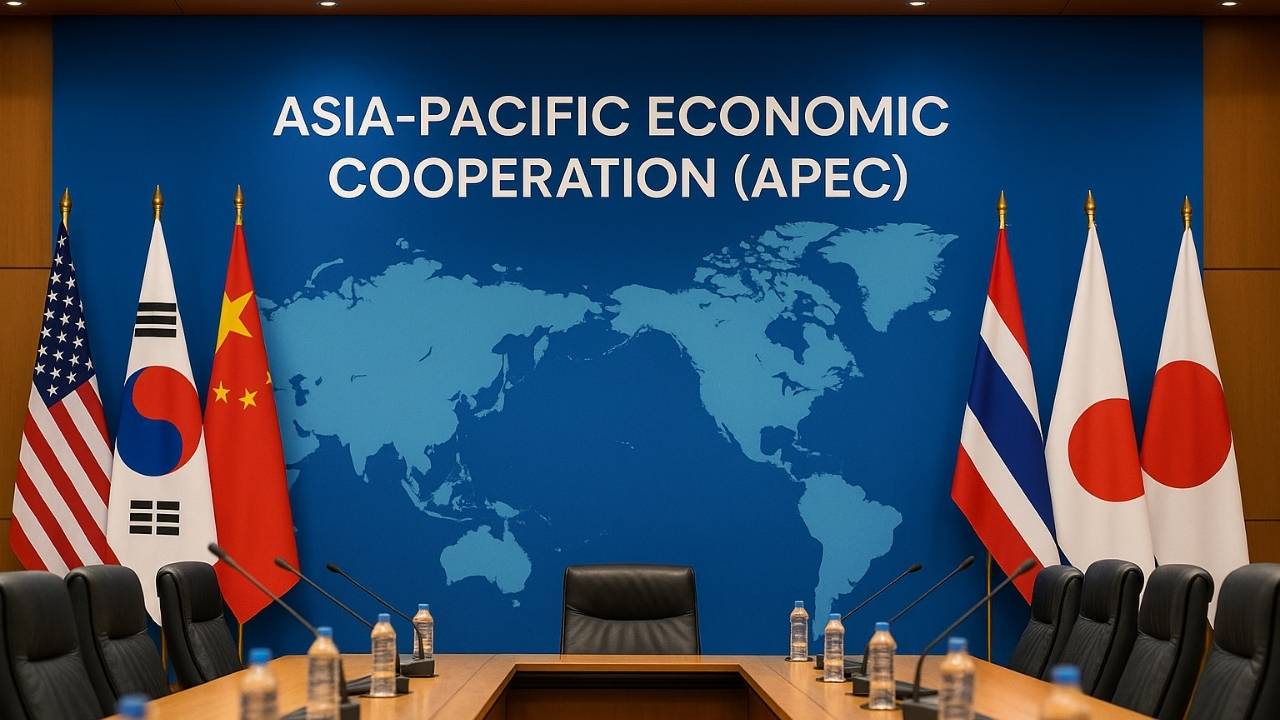From September 22, 2025, India’s GST 2.0 will simplify tax slabs but may risk public health by making sugary and processed foods cheaper.
GST 2.0: Key Features
- Two broad slabs: 5% and 18%, with 40% for aerated and sugar-heavy drinks.
- Many processed foods such as confectionery, chocolates, jams, jellies shifted to the 5% bracket.
- Some items like pizza bread moved from 5% to zero tax.

Public Health Concerns
- Lower GST on foods with high sugar, salt, or refined flour makes them more accessible.
- Such tax cuts go against India’s goal of tackling non-communicable diseases (NCDs).
- For example, healthy bread options (like sourdough) and unhealthy ones (made of maida) are taxed equally
Food Labelling and Consumer Awareness
- Front-of-Pack Labelling (FOPL) has been pending since 2022.
- The Supreme Court directed the FSSAI to finalize FOPL rules with a preference for warning labels over star ratings.
- Warning labels based on WHO-SEARO and ICMR-NIN standards can help consumers identify products high in sugar, salt, or fat.
Linking GST with Health Policy
- Tax incentives should be tied to labelling compliance: Foods labelled “high in sugar/salt/fats” should not get the 5% GST rate. Healthier products can be taxed lower to encourage reformulation.
- Without this link, reducing beverage consumption through high taxes may only shift demand to cheaper sugary foods.
Advertising and Market Influence
- Current rules restrict HFSS food sales/ads near schools and ban misleading promotions.
- However, India lacks a comprehensive child-focused ad ban.
- Global practices (e.g., Chile) show restricting ads of “high in” products to children works better.
Way Forward
- Make warning labels mandatory with strong, category-based thresholds.
- Align GST rates with nutritional quality—unhealthy foods should face higher taxes.
- Strengthen advertising restrictions for HFSS foods across media.
- Redirect sin-tax revenues to fund NCD prevention and nutrition awareness.
Conclusion:
GST 2.0 may simplify taxation, but without clear food labels, strict ad rules, and health-linked taxation, it risks worsening dietary health instead of improving it.





